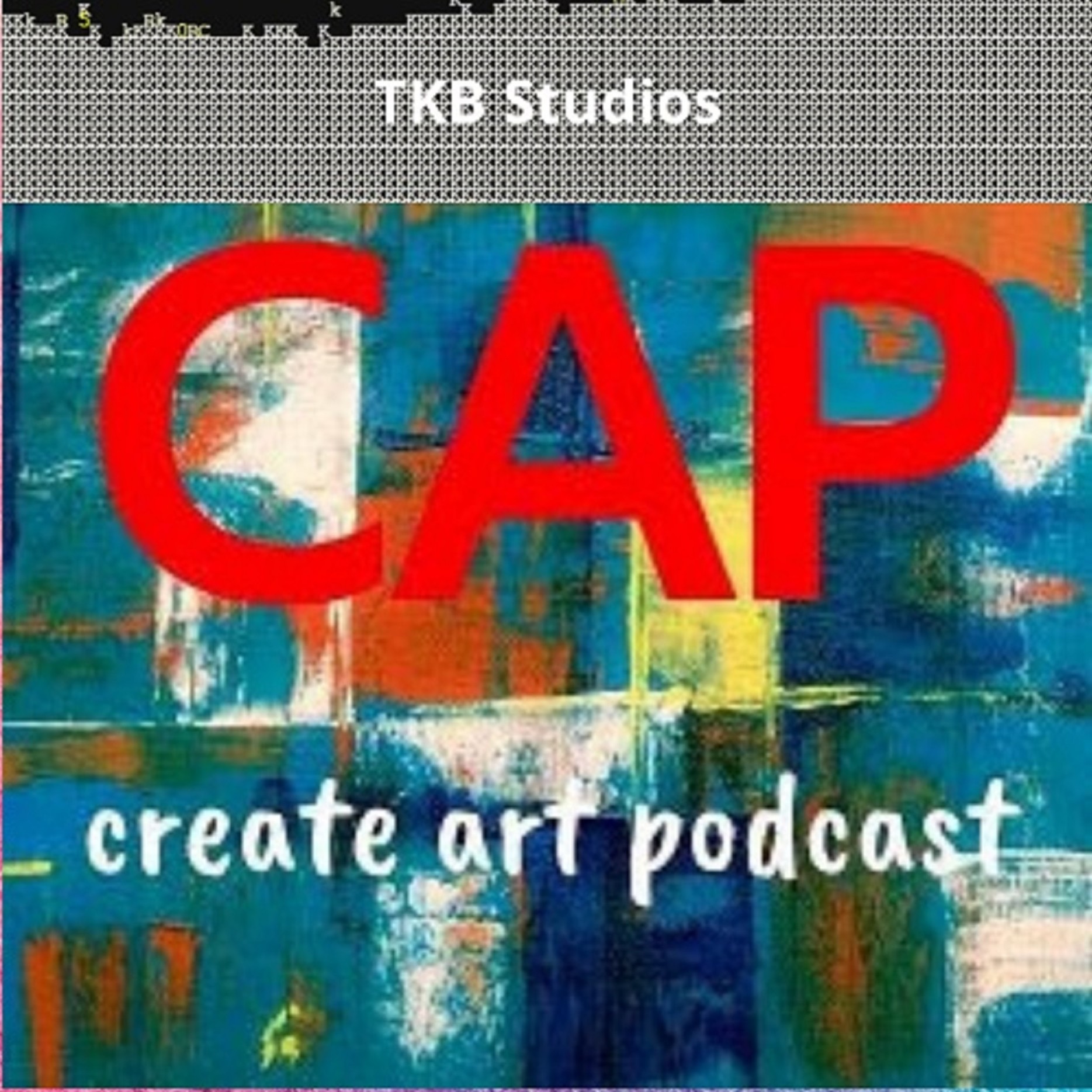The Fred Rogers Approach to Podcasting


Hello, friends, this is Timothy Kimo Brian hit instigator at Create art Podcast, where I have over 20 years of experience in the art world under various disciplines. And today's episode is a special presentation where I gave at map con Mid Atlantic podcasting conference in 2019. And it deals with
the Fred Rogers style podcasting.
we're going to break this down into eight topics here for us. Who is Fred Rogers, some of you don't know? It's amazing. The philosophy behind the Fred Rogers style of podcasting
We'll have an obligatory audience exercise, which will be interesting for you listening in on this podcast. But I want you to try it out. We'll talk a little bit about fourth wall theater, customer service, fake it till you
creating an avatar and changing your vocabulary.
So he's got nine rules for talking to children.
And I'd like to go over those here with you.
- “State the idea you wish to express as clearly as possible, and in terms preschoolers can understand.” Example: It is dangerous to play in the street.
- “Rephrase in a positive manner,” as in It is good to play where it is safe.
- “Rephrase the idea, bearing in mind that preschoolers cannot yet make subtle distinctions and need to be redirected to authorities they trust.” As in, “Ask your parents where it is safe to play.”
- “Rephrase your idea to eliminate all elements that could be considered prescriptive, directive, or instructive.” In the example, that’d mean getting rid of “ask”: Your parents will tell you where it is safe to play.
- “Rephrase any element that suggests certainty.” That’d be “will”: Your parents can tell you where it is safe to play.
- “Rephrase your idea to eliminate any element that may not apply to all children.” Not all children know their parents, so: Your favorite grown-ups can tell you where it is safe to play.
- “Add a simple motivational idea that gives preschoolers a reason to follow your advice.” Perhaps: Your favorite grown-ups can tell you where it is safe to play. It is good to listen to them.
- “Rephrase your new statement, repeating the first step.” “Good” represents a value judgment, so: Your favorite grown-ups can tell you where it is safe to play. It is important to try to listen to them.
- “Rephrase your idea a final time, relating it to some phase of development a preschooler can understand.” Maybe: Your favorite grown-ups can tell you where it is safe to play. It is important to try to listen to them, and listening is an important part of growing.
We talked about breaking the 4th wall, breaking the fourth wall, it's a theatrical convention that goes all the way back to the times of Shakespeare. Shakespeare uses it for comedic effect. The naturalist's theater movement, which was in the 1800s, late 1800s used it extensively through all their shows. They were always DIRECT addresses to the audience.
Smile at your audience use a mirror to ensure you are smiling
Amp up the energy
Fake it till you make it
Use post-it notes to remind you to smile
Create an avatar to look at
Update your vocabulary
You can reach out to me for more tips by sending me an email at
look through the website www.createartpodcast.com
connect via social media
@createartpodcast on both IG and FB groups
@createartpod on twitter
#audience, #podcast, #podcasting, #podcasts, #listen, #fredrogers, #smile, #4thwall, #create, #creativity, #creating, #gagglepod, #podwrecked, #shakespeare, #avatar, #avatars. #theater, #theatertricks, #theatergames, #kennethbraunaugh











